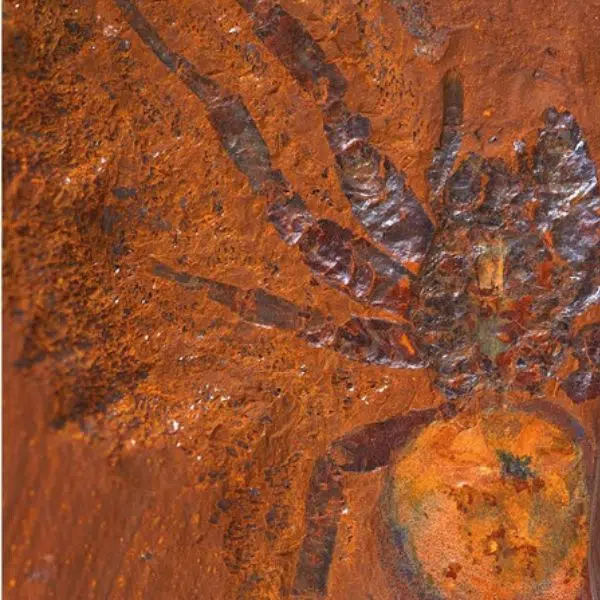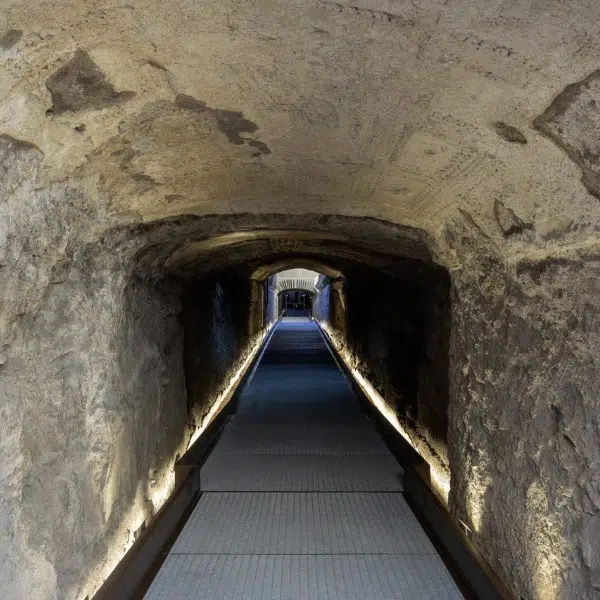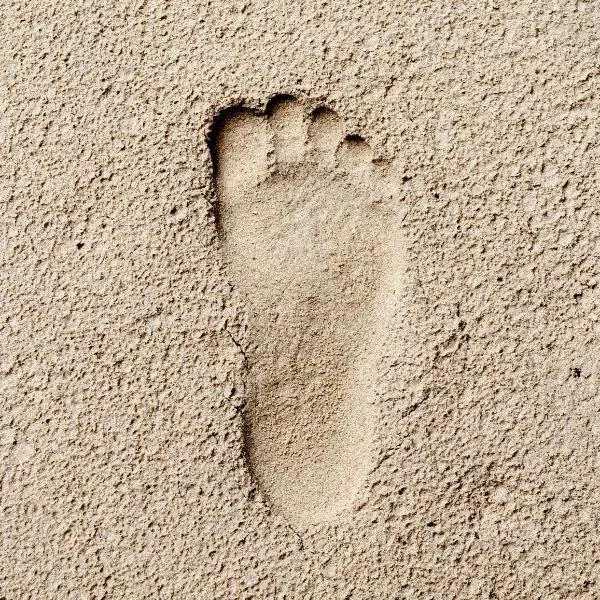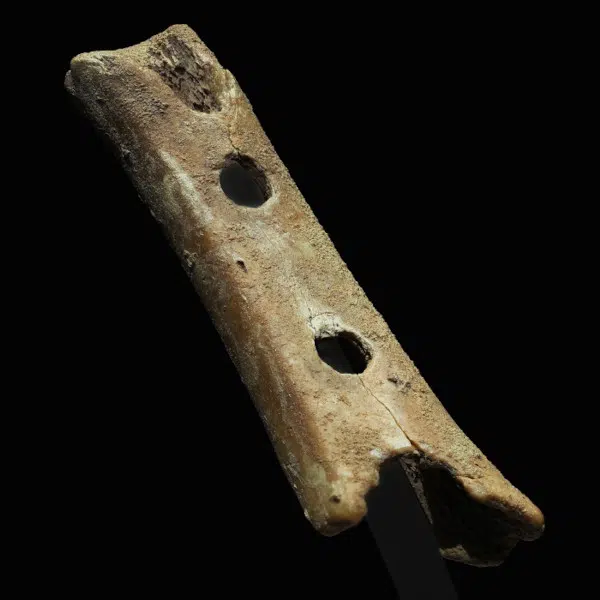
Photo: Israel Antiquities Authority
Many kids enjoy exploring and getting their hands dirty, making them great potential archeologists. This is particularly true for 3-year-old Ziv Nitzan. During a hiking trip with her family in Israel, Ziv stumbled upon a unique rock that caught her eye. After closer inspection, the stone turned out to be a 3,800-year-old Egyptian amulet.
The finding took place in a dirt trail in Tel Azekah, located about 25 miles outside of Jerusalem. When Ziv's older siblings realized the little girl didn't pick up an ordinary rock, they showed it to their parents. The family then handed the piece to the Israel Antiquities Authority. Ziv's mother later shared that the child was attracted to the rock because “it had teeth on it.”
“We were walking along the path, and then Ziv bent down—and out of all the stones around her, she picked up this particular stone,” says Omer Nitzan, Ziv's 11 year-old sister. “When she rubbed it and removed the sand from it, we saw something was different about it. I called my parents to come see the beautiful stone, and we realized we had discovered an archaeological find!”
The scarab amulet, which dates to the Middle Bronze Age, has its origins in ancient Egypt. The amulet is thought to have belonged the Canaanites, a Semitic-speaking civilization with close ties to Egyptian culture. They often imported Egyptian jewelry to be worn as personal amulets, among other decorative goods. It's likely the stone found by Ziv was created in Egypt and was later brought to modern-day Israel.
The design of the amulet was inspired by dung beetles (Scarabaeus sacer), known for creating dung balls and then laying their eggs inside, creating the image that new life has sprung from them. In ancient Egypt, these creatures were regarded as a sacred symbol of new life, with their name in Egyptian deriving from the verb “to come into being,” or “to be created.”
“Scarabs were used in this period as seals and as amulets,” Dr. Daphna Ben-Tor, an expert in ancient amulets and seals, explains via a statement. “They were found in graves, in public buildings, and in private homes. Sometimes they bear symbols and messages that reflect religious beliefs or status.”
As for Ziv, she is now considered the youngest child known to have discovered an ancient artifact in Israel, IAA spokeswoman Yoli Schwartz told The New York Times. While researchers didn't consider it a particularly exceptional find, as other similar pieces have popped up in better condition, they did issue Ziv and her family a “good citizen certificate,” for handing it over to the the authorities. As a result, the amulet will be part of an upcoming exhibition of Canaanite and Egyptian artifacts in Jerusalem.
During a hiking trip with her family in Israel, a 3-year-old named Ziv stumbled upon a 3,800-year-old Egyptian amulet.
Israel Antiquities Authority: Facebook
Sources: Israel Antiquities Authority on Facebook; ‘It Had Teeth’: A 3-Year-Old Discovers Ancient Treasure in Israel
Related Articles:
Man Walking His Dog Finds 70-Million-Year-Old Dinosaur Skeleton in the Woods
5-Year-Old Girl Finds 152-Year-Old Shipwreck on Fishing Trip in Lake Michigan
9-Year-Old Paleontology Lover Finds Giant Megalodon Tooth on Maryland Beach
Man Finds Buried Hoard of 700 Civil War-Era Gold and Silver Coins On His Farm






















































































